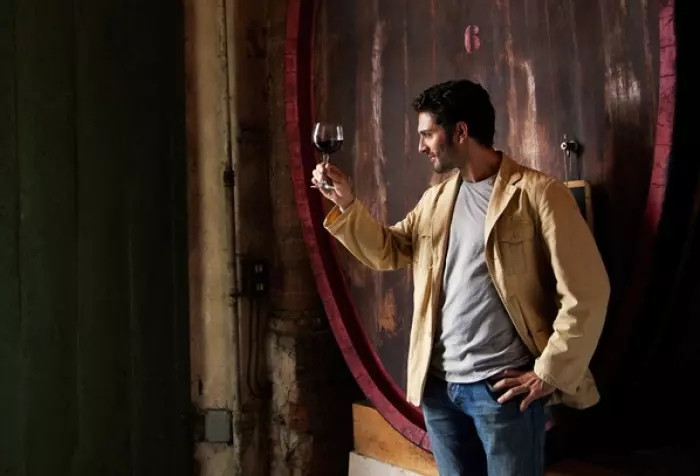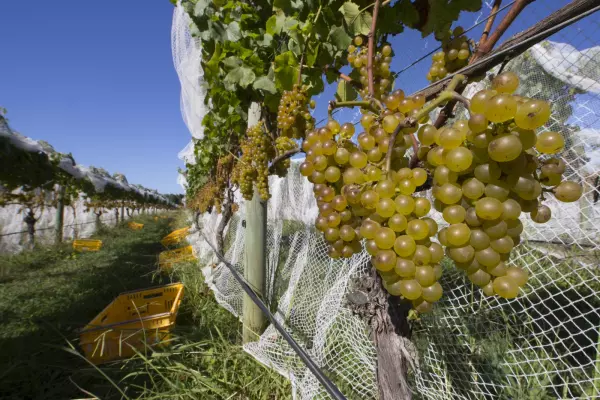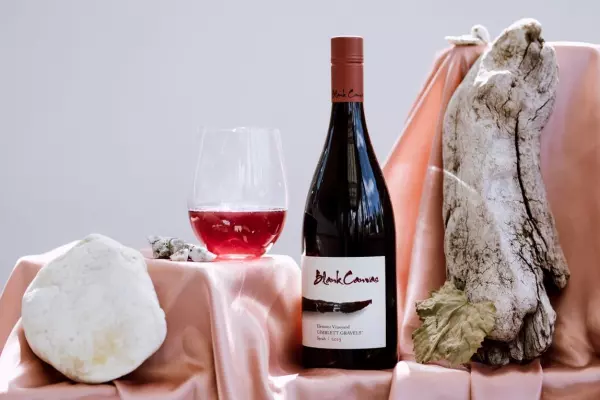The topic for this column came to me during a stay in our holiday cottage over the Christmas-New Year break. It was approaching midnight, but I couldn’t get to sleep in the sweltering heat, even though my wife was managing to snooze peacefully next to me.
As with sleep, so, too, with wine: our respective built-in thermostats appear to be set at different levels. Marion likes her white wine served at fridge temperature (4C), while I prefer mine at wine-cellar temperature (14C). That’s a whole 10C difference. Which one of us is right?
The answer, of course, is we are both right. We simply have different preferences.
Wine tastes different at different temperatures. Try this simple experiment: pour a glass of white wine at fridge temperature, then pour a second glass and use the microwave to make it 10C warmer than the first. Compare the two wine samples. Which do you prefer?
The cooler wine should have less flavour than the warmer sample. Chilling mutes flavour. That is why most wine competitions are judged at room temperature. Judges need to amplify the flavour as much as possible even if they might prefer the wine slightly chilled. The cooler wine might also appear to be more acidic. Chilling boosts our impression of acidity. The cooler wine should also have that rather pleasing tactile sensation that we get from chilled liquid.
Marion likes her white wine cold because she likes the tactile sensation that chilling produces. I like my white wine less chilled because taste is more important to me than the tactile sensation.
Red wine follows a similar pattern: chilling mutes flavour, amplifies acidity and astringency, and introduces a tactile sensation that some may like and others dislike.
Ambient temperature also influences our perception and preference. One evening, it was a sultry 29C when some friends dropped around. I chilled a bottle of pinot noir to around 19C. The wine was significantly better, at least to my taste.
Because temperature makes such a difference to our enjoyment of wine, it is important to be able to increase or decrease it as quickly as possible.
Microwaving wine is a highly efficient way to increase temperature quickly and accurately. When I want to drink a big gutsy red from my 14C wine cellar, I simply pour a glass, taste it and pop it in the microwave, usually for around 10 seconds. If that is too warm, I add a little more cold wine and re-taste. If it’s too cold, it goes back in the microwave for a few more seconds.
Reducing wine temperature is a little fiddlier. If you are not in a hurry, you can simply put a bottle of wine in the freezer, where it takes around 30 minutes to lower the temperature to 10C, but the chilling process is slow because the glass bottle insulates the wine. A bottle of wine chills 50% faster if it is stored in the freezer horizontally rather than vertically. Few domestic freezers will accommodate an upright wine bottle though.
The fastest way to chill a bottle of wine is to dissolve a handful of salt in a slushy mix of water and ice cubes. Salt lowers the freezing point of the water.
A simple solution to chill wine reasonably quickly is to pour a glass, cover it with clingfilm to avoid fridge odour, and stand it in the fridge for 10-15 minutes.
When I order wine in a restaurant and it needs a little temperature adjustment, I simply ask the waiter to bring an ice bucket full of ice or warm water. Most are happy to comply.
You have succeeded in getting your bottle of wine to the perfect temperature only to be faced with another problem: temperature maintenance. How do you keep a white wine at a temperature of, say, 14C when the air temperature is twice that level and the fridge temperature less than half? I am a fan of the Huski Wine Cooler, a highly insulated jacket that accommodates most bottle sizes and claims to keep wine chilled for up to six hours. It really works, although I have yet to test it for more than a couple of hours.
Bob’s Top Picks for sipping and cellaring
Investment Wine

2019 Church Road Tom Syrah, Hawke’s Bay, $220
Church Road’s flagship syrah looks the part with a heavyweight bottle and wax capsule. Take care when you cut the capsule. Dense, almost syrupy red with plum, dark berry, dark chocolate, liquorice, black pepper, dried herbs and spicy oak flavours. An intense, long-lived and generously proportioned red.
Weekend Wines
Top White

Framingham 2021 Classic Riesling, Marlborough, $29.99
Delicious riesling in a medium/dry style with lime, white flowers/apricot blossom and saline/oyster-shell flavours. The wine has a perfect sweet/sour interaction that generates exquisite tension and a lengthy finish. A great antidote to hot and humid weather. Serve well chilled with freshly shucked oysters seasoned with a squeeze of lime.
Top Red

Dicey 2020 The Inlet Pinot Noir, Central Otago, $40
A very good example of Bannockburn pinot with dense, almost succulent red fruits, violet/red rose, herb/thyme and anise characters. Seductively smooth-textured wine with a lingering finish. Dicey is one of Central Otago’s rising stars. This wine is a great introduction to their deliciously drinkable wine range. It promises to develop well with bottle age but is hard to resist right now.
Read more from Bob at therealreview














